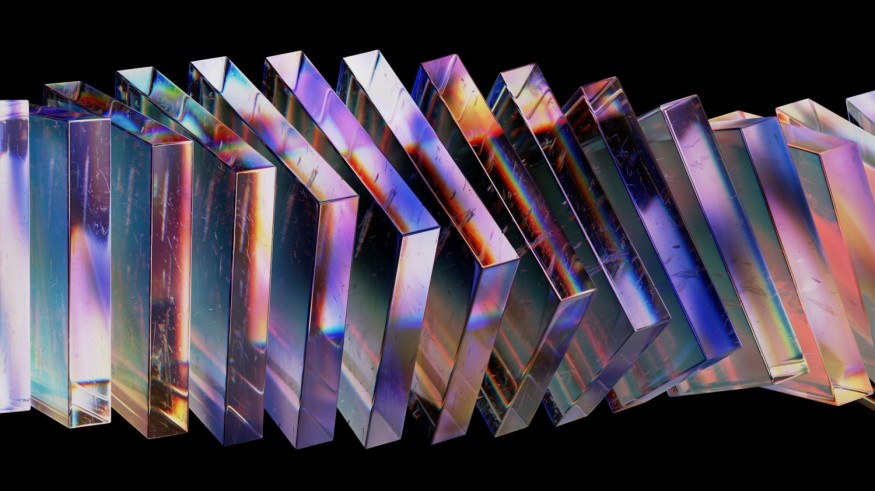In 2012, Nobel Prize laureate Frank Wilczek from the Massachusetts Institute of Technology
postulated a radical theory that predicts the existence of time crystals. His proposal has become an extremely interesting phenomenon that found its way into science fiction movies.

What Are Time Crystals?
Time crystals are a theoretical form of matter that could be a counterpart to spatial crystals. As physics usually treats space and time at the same level, Wilczek suggested that there must be crystals in time in addition to crystals in space.
Crystals in space are periodic arrangements of atoms over large length scales. This arrangement gives crystals their unique appearance, with smooth facets like those in gemstones.
While traditional crystals exhibit repeating patterns in space, time crystals display patterns that repeat in time. As a result, their atomic structures undergo periodic motion even without external energy. This property defies the traditional laws of thermodynamics, which govern equilibrium in most systems. A time crystal can maintain its order and periodicity indefinitely without losing energy or heat to the surrounding environment.
The idea of time crystals sparked skepticism among physicists who doubted that such a phenomenon could be observed. Some experts even argued that it would be impossible to fine-tune the parameters to an unrealistic degree.
In the past few years, however, several studies have proven that time crystals could be possible, at least in a modified sense. These experiments involved systems that were not isolated but were driven by an external force with a specific frequency, like a laser or a magnetic field.
The first experimental evidence of a time crystal was reported in 2017 when scientists used two platforms: a diamond with nitrogen-vacancy centers and a chain of trapped ions. Both systems exhibited signs of a time crystal under the influence of a periodic driving force.
However, these systems were still far from Wilczek's original proposal, as he imagined that a time crystal would exist in equilibrium without external perturbation. Like a spatial crystal, this system would be truly autonomous and self-sufficient.
The closest approximation to this ideal scenario was achieved in 2022, using a state of matter called a Bose-Einstein condensate. In this experiment, the scientists made a time crystal that oscillated independently without any temporal modulation by applying a constant magnetic field. Still, the crystal was short-lived and lasted only a few milliseconds before collapsing.
A Breakthrough in Time Crystal Research
At TU Dortmund University in Germany, a group of physicists made a breakthrough by creating a durable time crystal that lasted at least 40 minutes, about ten million longer than could be shown in earlier experiments. The result of this experiment is described in the study "Robust continuous time crystal in an electron-nuclear spin system."
Led by Dr. Alex Greilich, the research team used a special crystal made of indium gallium arsenide, where the nuclear spins acted as a reservoir for the time crystal. A laser continuously illuminated it, forming a nuclear spin polarization through interaction with electron spins.
The nuclear spin polarization spontaneously generated oscillations equivalent to a time crystal. The researchers can control the frequency and amplitude of these oscillations by changing the laser power and the magnetic field.
The result of this study has confirmed the existence and the robustness of time crystals, opening new avenues for further research. Time crystals can have potential applications in quantum information, quantum metrology, quantum computing, and fundamental applications for our understanding of physics.
Read also: 'Time Crystals' May Be The Breakthrough Of The Millennium: Scientists Create New Form Of Matter
Check out more news and information on Time Crystal in Science Times.












